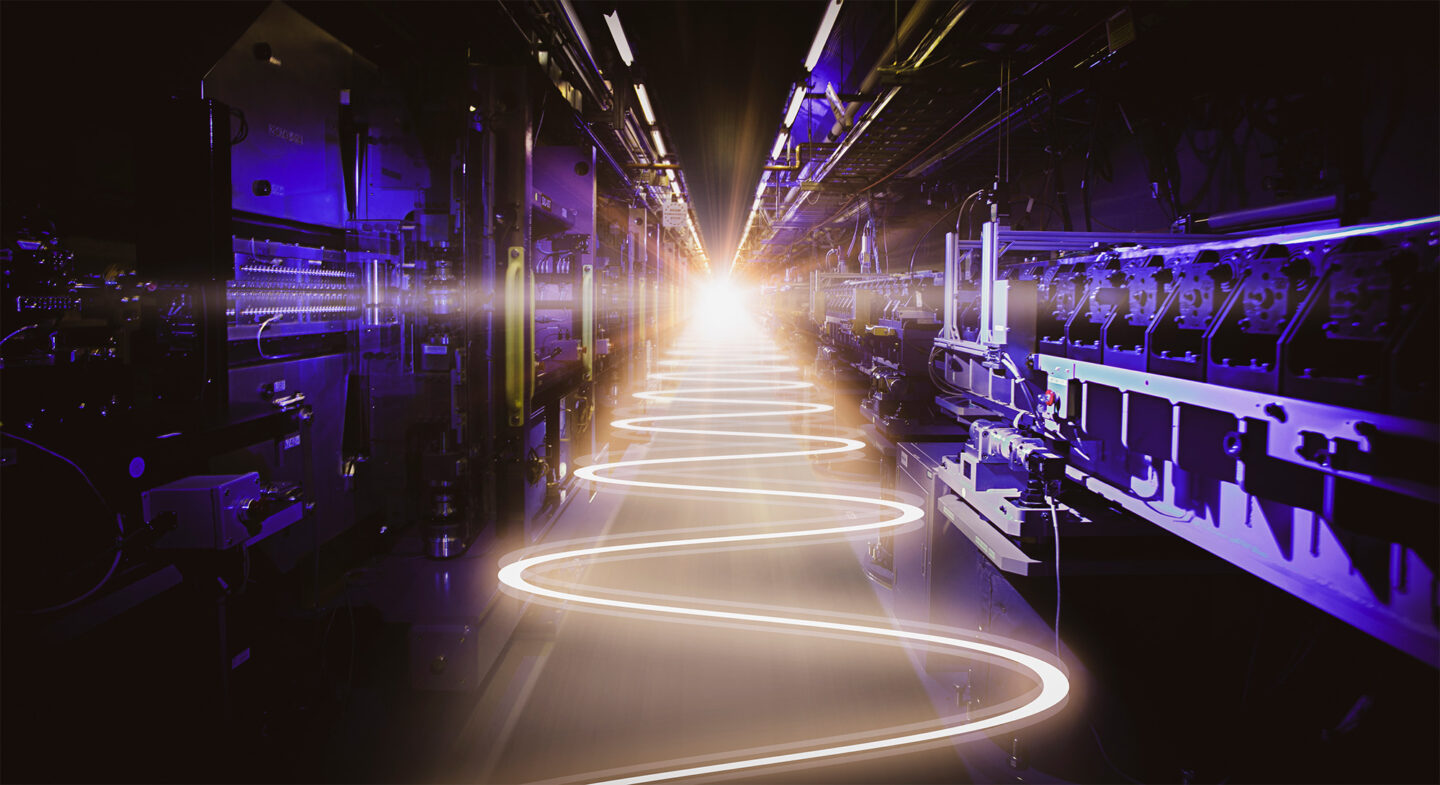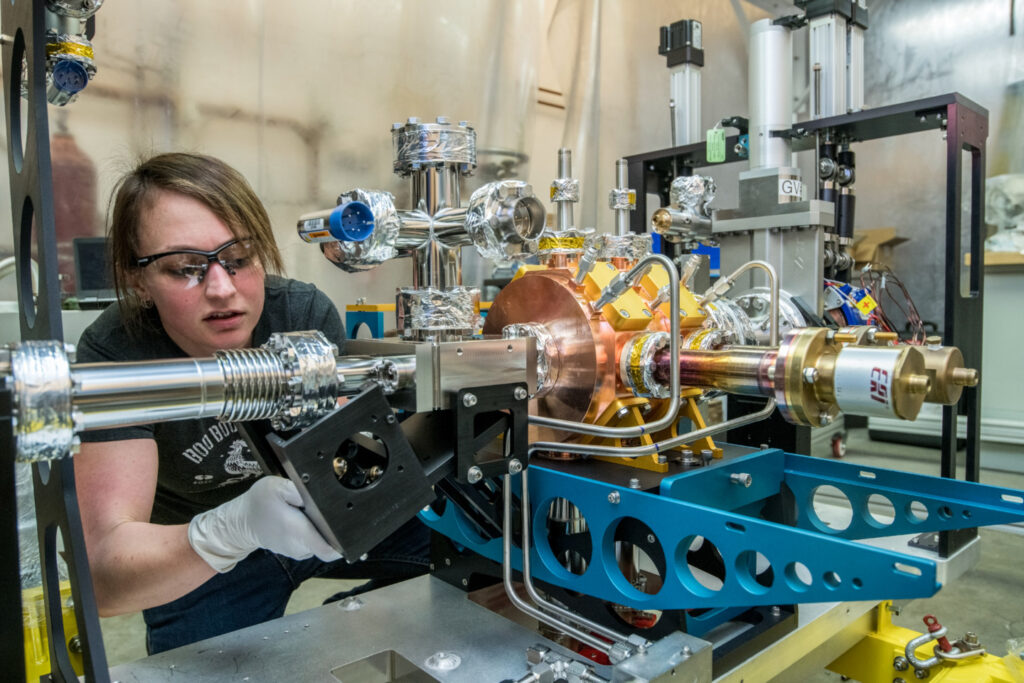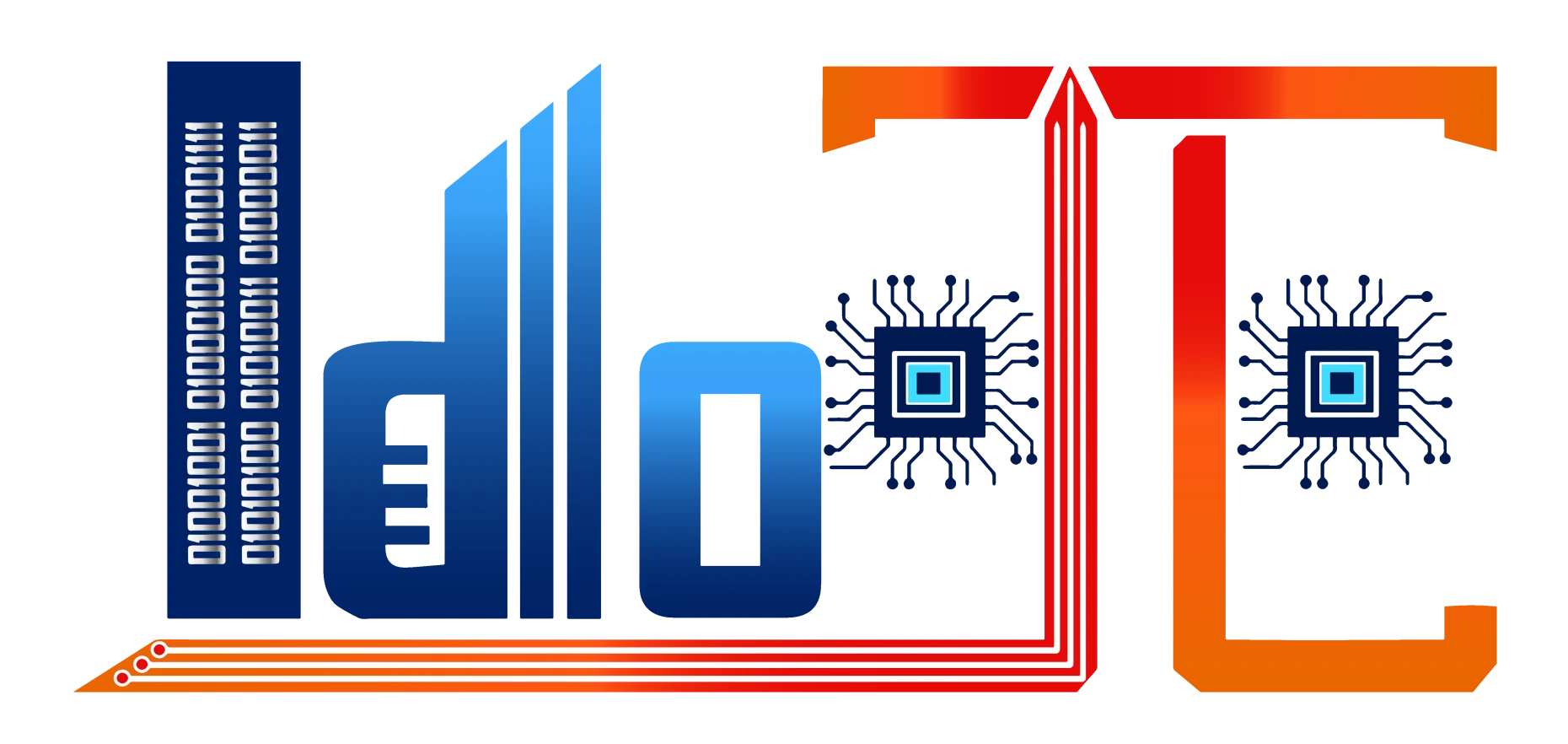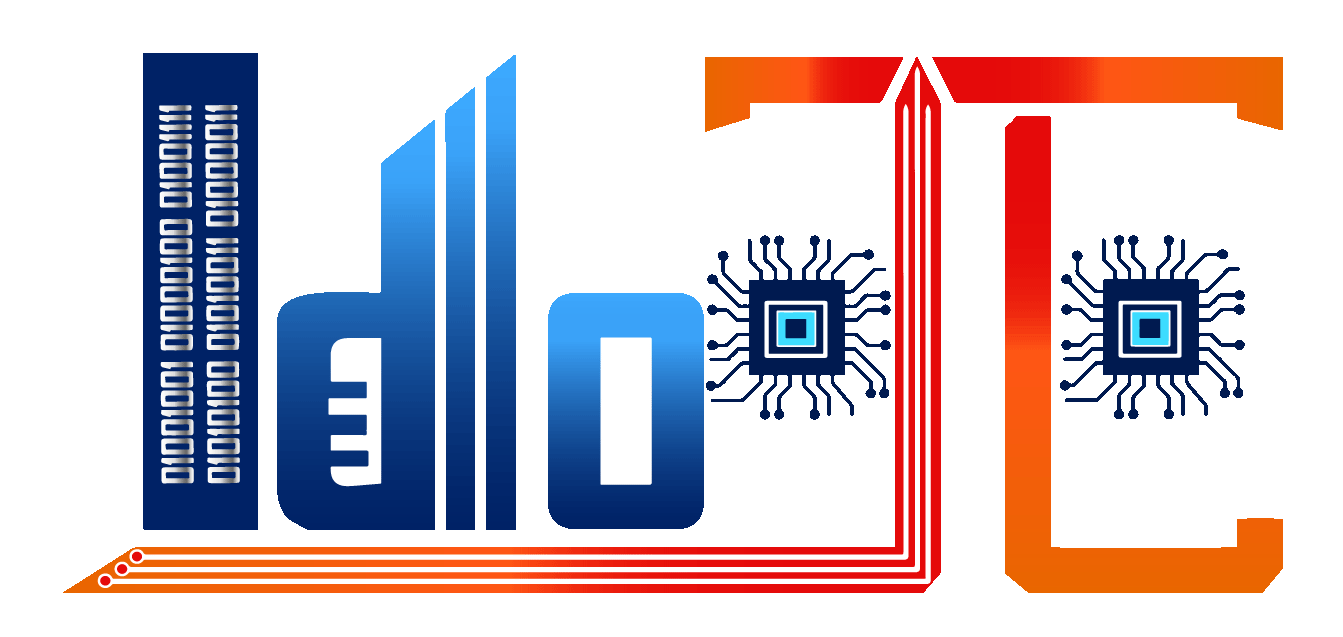The world’s most powerful X-ray laser is set to unleash the next leap in energy.

The Linac Coherent Light Source (LCLS) at the SLAC National Accelerator Laboratory will undergo a major upgrade that will increase the machine’s X-ray energy by 3,000 times.

The world’s most powerful X-ray laser, the LCLS, is located at the SLAC National Accelerator Laboratory in the US. When completed, the upgrade will allow scientists to explore atomic-scale processes to answer questions in biology, materials science, and quantum physics, Interesting Engineering reported on September 27.
The LCLS, built with funding from the US Department of Energy (DOE), is the first machine to produce high-energy X-rays (hard X-rays) using a free-electron laser. The facility began operating in 2009 but was upgraded in 2023. The LCLS has an additional superconducting accelerator and a magnetic structure called a undulator that can produce both soft and hard X-ray beams. Called LCLS-II, the most recent upgrade will enable the facility to produce one million X-ray pulses per second.
Now, DOE has approved the next upgrade, called LCLS-II HE (high energy), which will double the energy of the electron beam coming from the superconducting accelerator, thereby doubling the X-ray energy. The superconducting accelerator in the LCLS-II upgrade includes 37 cryogenic modules that can be cooled to -271 degrees Celsius to accelerate electrons to high energies with minimal energy loss.
With the new HE upgrade, LCLS will have 23 new cryogenic modules, each containing eight superconducting radio frequency cavities to provide optimal performance. The modules are manufactured by DOE’s Fermi National Accelerator Laboratory (Fermilab) and Thomas Jefferson National Accelerator Facility (Jefferson Lab).
According to Greg Hays, LCLS-II-HE project manager, the first cryogenic module is a prototype made from spare parts from LCLS-II, so they have all the parts on hand. Once the production line is up and running, they can build a unit in about six weeks on average. All the modules are scheduled to be installed in the accelerator tunnel by 2026.
LCLS-II-HE is expected to produce its first X-rays sometime between late 2027 and 2030. The first run will determine how well the new lasers perform, according to Mike Dunne, LCLS director. During the upgrade, LCLS-II will continue to serve as a science experiment. Since the facility has two accelerators and only the superconducting accelerator is being upgraded, it can continue to operate with the conventional accelerator.
X-ray laser technology has many applications, some of which are in photolithography to create new processing chips, medicine, scientific research… The biggest application is contributing to breakthroughs in fusion technology and gradually making fusion technology a reality.

